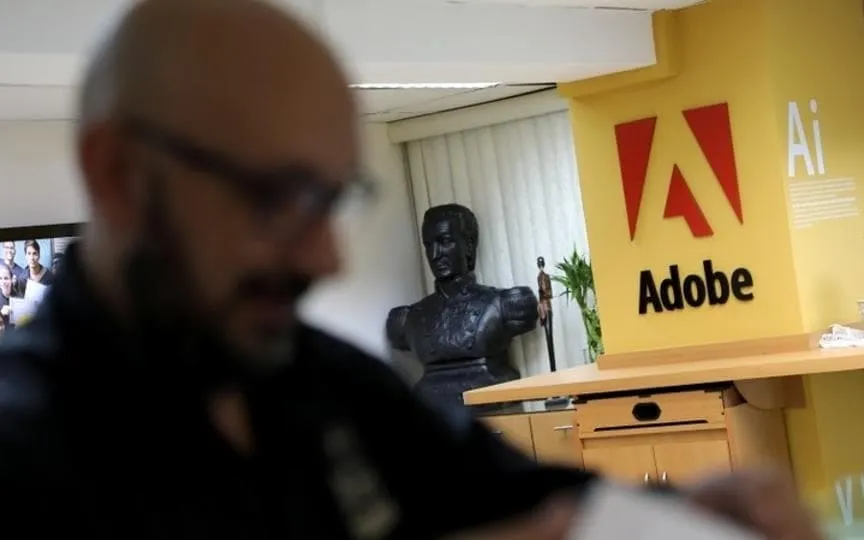Adobe Unveils AI-Powered Enhancements for Graphic Designers
Adobe Inc. has unveiled upgraded editions of its generative artificial intelligence model, Firefly, assuring improved image quality and the capability to generate novel forms of media.
The new edition of the AI model was trained on about 70% more images, which should improve the system’s ability to create photo-realistic images and bring it closer to what competitors produce, said Alexandru Costin, Adobe’s vice president of generative AI.
The latest version also includes new ways to guide and encourage the AI generation, such as uploading an image that mimics its style. Adobe maintains an internal registry of uploaded reference images to protect artists from infringement, Costin said. The company has labeled Firefly “commercially secure,” saying it supports customers facing copyright claims in court.
Adobe, a longtime creative software leader, is building artificial intelligence models trained mostly on its vast library of stock photos, and is trying to gain an edge over startups like OpenAI by integrating the new technology into industry-standard products like Photoshop. After making new AI tools generally available, Adobe raised the prices of its software last month. The company introduced the latest versions of its AI tools on Tuesday at its annual user conference in Los Angeles.
Adoption of AI features in Photoshop has been 10 times greater than the average major product launch, Costin said. “The way we achieved this with Firefly templates – we integrated it natively into creative workflows.”
Investors have been optimistic about the company’s ability to capitalize on artificial intelligence, and shares are up 57% this year through Monday’s close.
Vectors — scalable computer graphics that are standard in digital design — can now be created in Adobe’s Illustrator software using a text prompt using a new artificial intelligence model, Adobe said in a statement on Tuesday. That model is also trained on Adobe’s stock library, Costin said, which has “tens of millions” of vector images. Another tool to be released allows users to create posters and other marketing materials, often built on a template in Adobe Express, a product that competes with Canva Inc. of Australia.
Adobe Stock’s contributors are paid an annual fee for having their content used to train artificial intelligence models, the company has said. Costin said the payment method is based on the collection of new data, so contributors will not be paid more if their images are included in the training set of more than one model.




